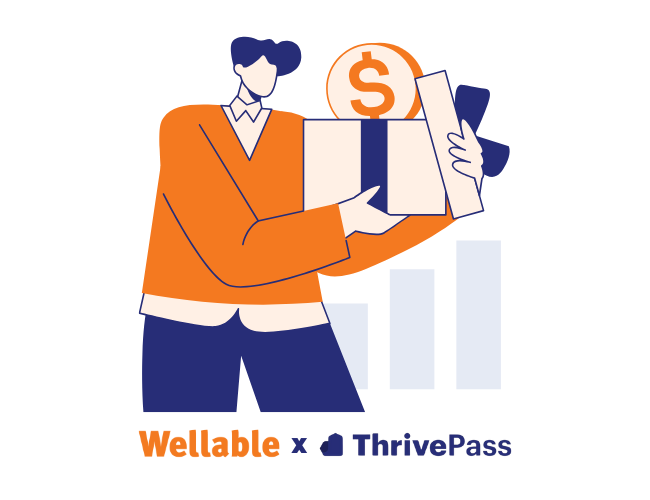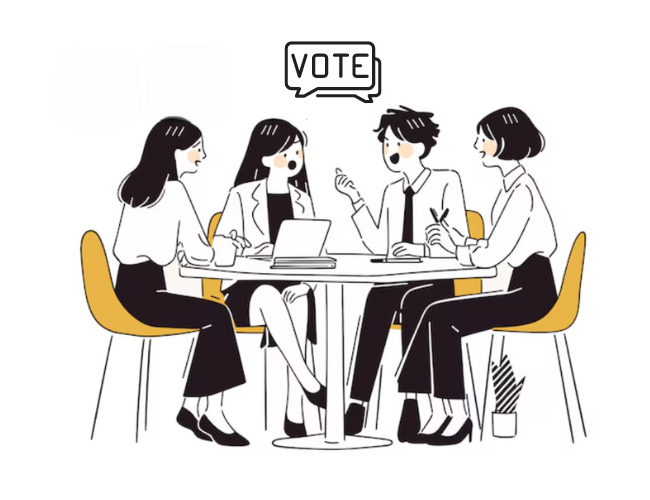Employee onboarding is the process of integrating a new employee into an organization to help them feel comfortable and confident in their new role. Often led by human resources, this process involves orienting a new hire to the company culture, values, and business practices while providing them with the skills and knowledge to be successful in their position.
Onboarding is crucial for a new employee’s experience and success within a company. Research has shown that employees who go through a well-designed onboarding program are more likely to remain with the company, be productive, and feel satisfied with their job.
To ensure a smooth and successful experience for new hires, it’s important for companies to invest in a comprehensive onboarding program and involve all relevant personnel in the process. The following checklist can serve to guide the establishment of a seamless employee onboarding experience.
Pressed for time? Here’s a quick summary…
- A comprehensive onboarding process entails preparing necessary materials, establishing an onboarding timeline, setting up effective communication channels, providing access to relevant equipment, introducing the new hire to the team, and actively seeking ongoing feedback.
- Integrating DEI initiatives should begin before a new hire’s first day, establishing a work environment where every employee feels respected and supported.
- Recognize that recent graduates transitioning from academia to the professional world may benefit from additional support, training, and career guidance to bridge the experience gap.
- Clear communication, personalized training and support, and a positive work environment contribute to a successful onboarding process.
- To aid the new hire’s transition, post-onboarding support should include performance mapping, microlearning opportunities, and mentorship programs to help overcome challenges.
- Job satisfaction and morale, time to productivity, turnover rates, and performance management for managers are key metrics to measure onboarding success.
The Importance Of Onboarding For New Employees
A well-structured onboarding process helps new hires feel welcome and supported, which increases confidence in their role and the organization. From the moment they step through the door (or log on remotely), effective onboarding allows new employees to quickly acclimate to the company’s culture, expectations, and team dynamics. By clearly outlining responsibilities, providing necessary tools, and fostering early connections with colleagues, onboarding helps new hires hit the ground running and feel like valued members of the team.
For supervisors and HR staff, a well-designed onboarding process streamlines administrative tasks, provides consistency, and minimizes potential gaps in communication that could lead to confusion or disengagement. Onboarding also provides an opportunity to build strong relationships with the new hires and lay the groundwork for sustained productivity and job satisfaction.
Anatomy Of A Great Employee Onboarding Process
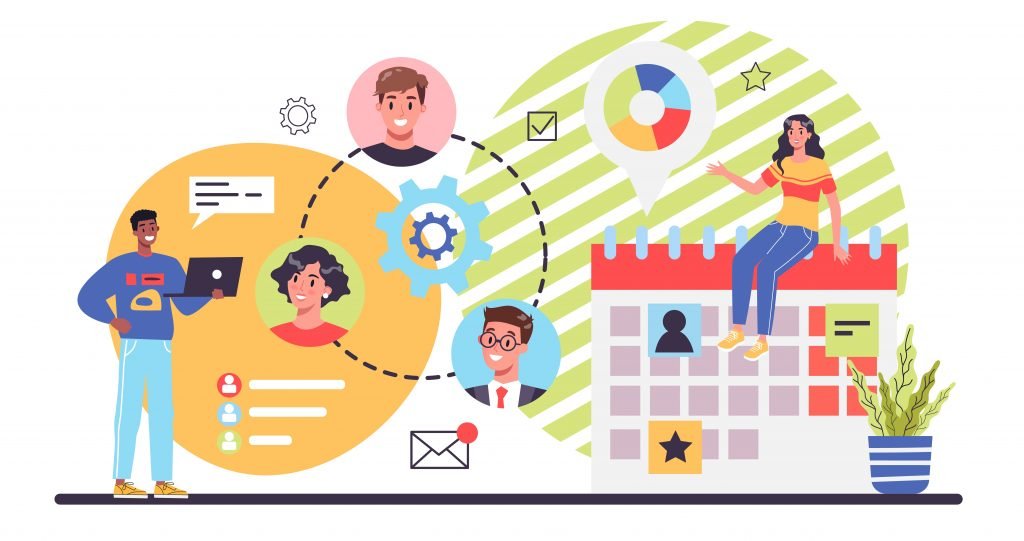
There are several key components of an effective employee onboarding process:
- Clear Expectations: It’s crucial to provide a new hire with a clear job description highlighting their responsibilities, expectations, and work-life boundaries. Introduce them to the company’s culture and values as well.
- Personalized Training & Support: Personalizing the onboarding process can improve the new hire’s experience and engagement. Curate various resources that accommodate their learning style and unique needs, such as manuals, online training modules, and mentors or team members who share similar interests or backgrounds. Schedule regular check-ins to offer support and address any questions or concerns.
- Positive & Engaging Atmosphere: Onboarding should be a fun and enjoyable experience for the new hire. Consider offering non-mandatory social functions, learning opportunities, networking events, and other engaging onboarding activities to help them feel welcome and connected to the organization.
By taking these steps, employers ensure new hires are aligned with the company’s purpose, equipped to succeed, and supported in their roles.
Timeline For Employee Onboarding
The employee onboarding process typically consists of the following steps:
- Pre-Onboarding Process: Send out welcome packets, gather necessary documents and equipment, and communicate details about the first day and week.
- First Day: Provide a warm welcome and introductions to team members and other relevant personnel. Review company policies and procedures and provide an overview of the company culture and values.
- First Week: Set clear expectations and goals for the new employee and provide necessary training and resources. Schedule regular check-ins to monitor their progress and address questions or concerns.
- Post-Onboarding Support: As a new employee becomes more familiar with their role and the company, continue providing support and resources. Encourage their participation in team events and activities to further connect them to the organization.
The Complete Checklist For Employee Onboarding
A successful onboarding process involves preparing materials, establishing communication channels, providing access to necessary technologies, introducing the new hire to the team, and collecting feedback for continuous improvement. These steps ensure a smooth transition and integration into the organization.
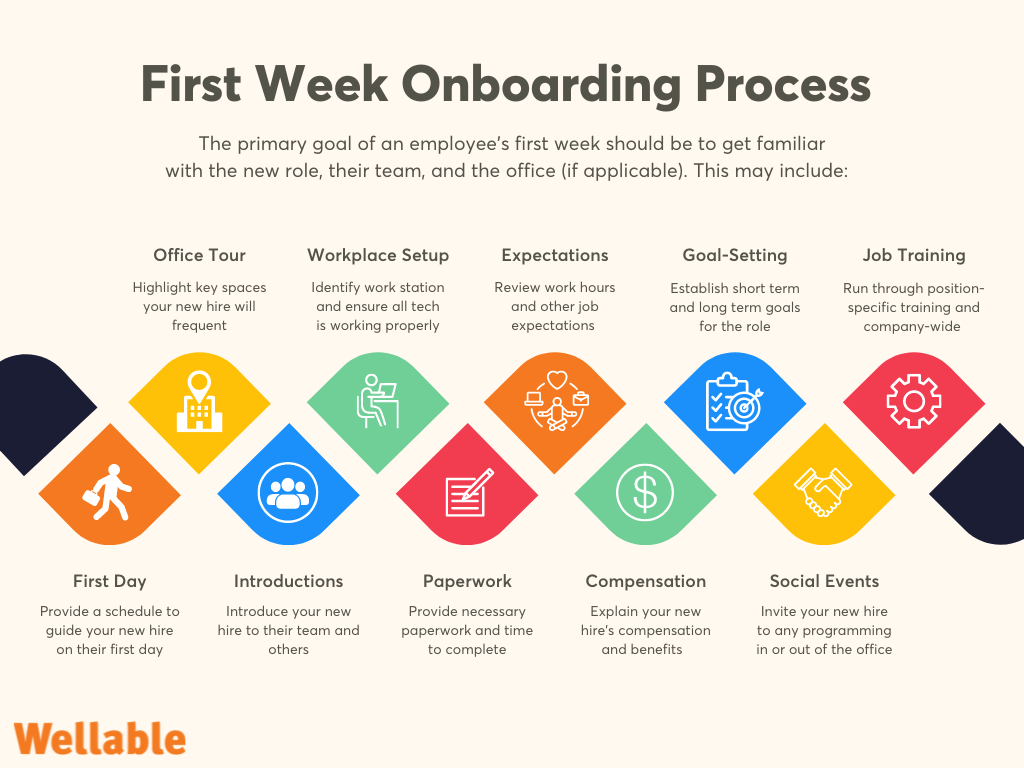
1. Prepare Essential Onboarding Materials
- Send the job offer email and collect the signed offer letter
- Send a welcome email that provides:
- Start date
- Manager name
- Documents to complete before the start date
- Brief company overview, including history, culture, and values
- What to expect on day one (e.g., an agenda, parking information, dress code, lunch details)
- Prepare and distribute key documents, including:
See additional important legal considerations in the “Legal Aspects Of Onboarding” section.
2. Develop Onboarding Timeline
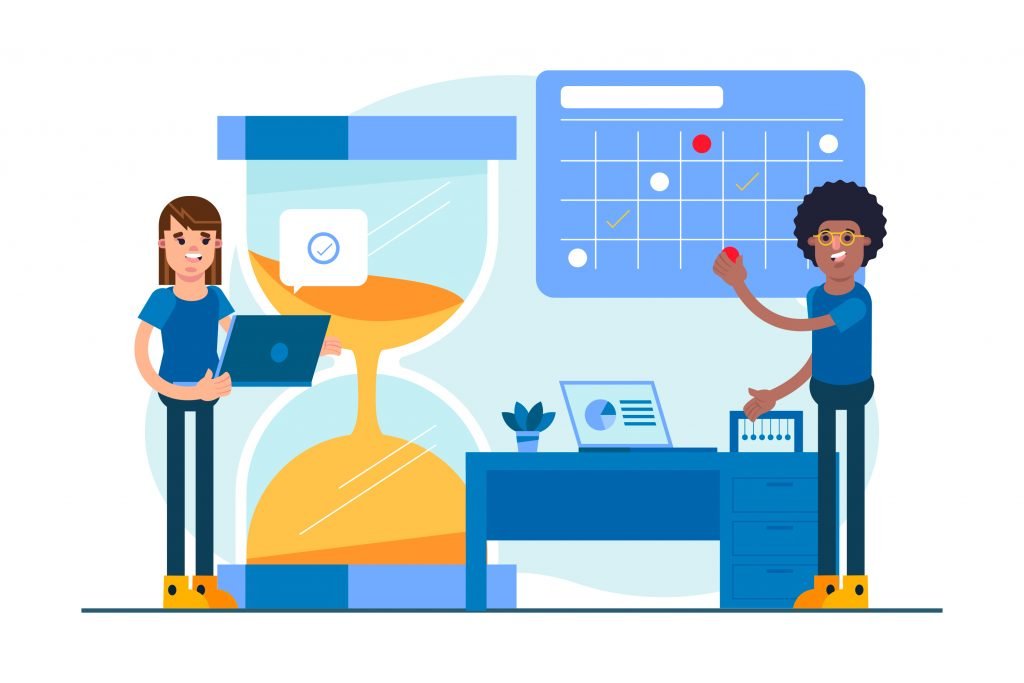
Create a timeline with action items to be accomplished during employee onboarding to ensure all tasks are completed promptly. Take the following steps:
- List all tasks that need to be completed during onboarding, including:
- Signing up for benefits
- Taking an office tour
- Scheduling one-on-one meetings with the new hire’s manager
- Completing compliance policy training
- Completing job-specific training
- Assign a date or timeframe to each task.
- Share the timeline with the new hire and ensure clarity on all deadlines.
3. Set Up Communication Channels

Maintaining effective communication is crucial to secure constant support for the new hire. Take the following steps:
- Provide contact information for supervisors, HR managers, and other key personnel.
- Set up the new hire’s profile on the company’s internal communication platforms (e.g., Slack, Microsoft Teams). Schedule regular check-ins to monitor progress and address any concerns.
- Encourage the new hire to ask questions about the company or their job duties and offer support as needed.
4. Provide Access To Relevant Technologies And Equipment
- Provide essential technologies and equipment, which may include:
- Laptop
- Mouse
- Keyboard
- Work phone
- Safety gear
- Security badge, ID, and/or office key
- Ship equipment to remote employees prior to their start date.
- Ensure access to work-related software and systems before or on the new hire’s first day.
5. Introduce New Hire To Team
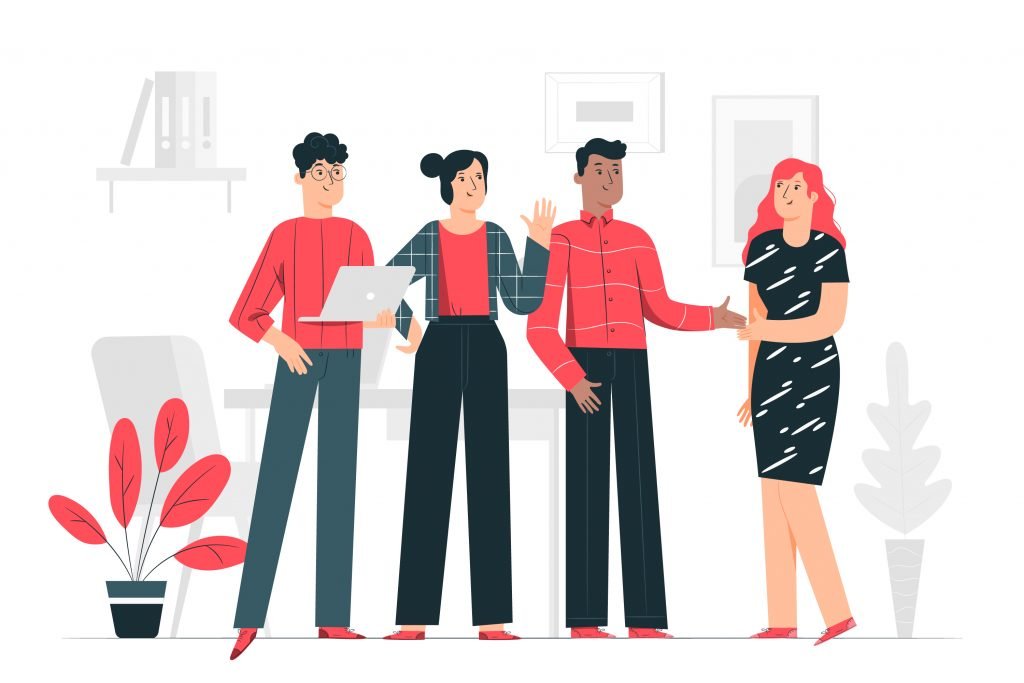
Introducing a new hire to the team is a key part of their onboarding process, allowing them to get to know their colleagues and become familiar with the office. Take the following steps:
- Announce the new hire’s arrival during a team meeting.
- Organize an informal meet-and-greet or team introduction.
- Assign a mentor or buddy to assist the new hire with settling in.
6. Collect Onboarding Feedback
Organizations can identify areas of improvement within the onboarding process by collecting feedback from both the new hire and onboarding managers. This information can make the experience smoother for future hires. Take the following steps:
- Create a survey for new hires to gather feedback on all aspects of the onboarding experience, measuring:
- Adherence to onboarding timeline
- Clarity of job expectations
- Effectiveness of training sessions
- Ease of use for communication channels
- Integration into company culture
- Ask open-ended questions to gather detailed feedback.
- Collect feedback from onboarding managers.
Creating An Inclusive Onboarding Process
Integrating diversity, equity, and inclusion (DEI) initiatives should begin before a new hire’s first day, establishing a work environment where every employee feels respected and supported. Here are some actionable ideas to consider:
DEI Transparency: Publicly share the organization’s DEI goals and progress, even before applicants decide to join. This demonstrates a commitment to diversity and helps attract candidates who align with your values. Ensure that recruiters and hiring managers are knowledgeable about DEI goals to confidently discuss them with potential hires.
Relocation Support: Offer comprehensive support to candidates relocating for the job and consider their specific needs. This may include assistance with work permits, housing, local bureaucracy, and more. Candidates with disabilities, caregiving responsibilities, religious observances, language barriers, and other unique situations may require additional assistance.
Inclusive Language: Use inclusive language in onboarding materials and communications to ensure that all employees feel respected. Privately ask the new hire what pronouns they prefer and implement gender-neutral language, such as:
- “Valued employees” instead of “ladies and gentlemen.”
- “Partner” instead of “wife” or “husband.”
- “They” or “them” instead of “he” or “she.”
Site Maps: Provide new hires with detailed site maps that not only help them navigate the office space but also highlight inclusive facilities, such as accessible entrances, prayer rooms, pumping rooms, and quiet spaces.
Unconscious Bias Training: Equip new employees with the tools and strategies to recognize and challenge unconscious biases. By addressing this from the start, organizations lay the foundation for diversity and fair practices, promoting a culture of inclusion and belonging for all employees.
Employee Resource Groups (ERGs): Make ERGs visible and accessible from day one, enabling new employees to connect with communities that share their backgrounds or interests.
Diversity On Display: Highlight diversity initiatives during welcome events and presentations. Ensure presenters can confidently speak about the organization’s DEI goals and answer related questions.
Common Onboarding Pitfalls & How To Avoid Them

Many organizations fall into common onboarding pitfalls that can lead to high turnover rates and dissatisfaction among new hires. Fourty-four percent of employees leave their job within 6 months due to inadequate training or unclear job guidelines, while 26% leave due to unhelpful co-workers or managers.
Investing in onboarding pays off, with 78% of companies experiencing an increase in ROI and 64% of HR staff witnessing a decrease in turnover rate when they prioritize training and onboarding.
By understanding these mistakes and proactively avoiding them, companies can create a seamless onboarding experience that sets employees up for long-term success:
- Information Overload: Overloading new hires with information can hinder their ability to retain and apply what they’ve learned. Instead, adopt a slow and focused onboarding approach that spans several months, ensuring employees have ample time to absorb and integrate new knowledge.
- Lack Of Pre-Onboarding: Rushing through the onboarding process can leave gaps in the new hire’s knowledge of the company. Consider implementing a pre-boarding phase that familiarizes them with policies, workplace culture, and other essential information. Provide a welcome package with key materials and address common concerns beforehand to alleviate stress.
- Ignoring Generational Differences: Recognize that generational gaps require unique perspectives and preferences to be addressed. Avoid stereotyping and seek input from new hires to understand their learning styles and preferences.
- Unstructured Process: While flexibility is important, an unstructured onboarding process can lead to confusion and inefficiency. Establish an organizational flowchart that outlines essential steps and tasks for new hires, ensuring clarity and consistency.
- Unclear Goals & Expectations: Unclear expectations can leave new employees feeling lost and unsure of their performance. Communicate goals and performance expectations from the start and provide regular feedback to support growth and development.
- Neglecting Feedback: Constructive feedback plays a vital role in employee engagement and improvement. Establish a feedback loop that includes regular, meaningful feedback and open channels of communication. Encourage employees to provide input and adjust as needed, demonstrating genuine care and commitment to their success.
Legal Aspects Of Onboarding
Upon receiving a job offer, new employees embark on the next phase of their journey by signing an employment contract. This crucial document serves as a formal agreement between the employer and the employee, outlining important terms and conditions that govern their working relationship. It covers a range of essential aspects, including:

- Job title
- Necessary skills and responsibilities
- Start date
- Offer acceptance deadline
- Compensation information
- Exempt/nonexempt status from overtime (under the Fair Labor Standards Act and California law)
The employment contract might also include:
- Proprietary Inventions and Information Agreement
- Nondisclosure Agreement (if applicable)
- Background Check Authorization and Summary of Rights
After accepting the offer, new employees must complete a set of tax documents and confirm their review and agreement with the contents of an employee handbook. During the onboarding process, provide new hires with an information pack that includes details about their rights as employees.
The HR team should maintain a detailed checklist that covers all compliance requirements. This is particularly important when using a manual process rather than a digital platform, as it helps to avoid any potential gaps in the onboarding process.
Metrics To Measure Onboarding Success
By tracking and analyzing onboarding success, organizations can gain valuable insights into their onboarding efforts and make data-driven decisions to continually enhance the onboarding experience. To accurately assess the effectiveness of the onboarding program and gauge its impact on new hires, it is essential to consider these key metrics:
- Job Satisfaction & Morale: Regularly survey new hires to gauge their satisfaction and morale. Organizations can enhance their onboarding program by addressing any gaps, improving employee retention and creating a positive work environment.
- Time To Productivity (TTP): Measure how long it takes for new employees to become fully integrated and productive. A well-designed onboarding process will help accelerate TTP by providing the necessary support and training.
- Turnover Rates: Track turnover rates to assess the impact of the onboarding efforts. High voluntary turnover may indicate dissatisfaction, while involuntary turnover may point to recruitment or culture fit issues. Effective onboarding can help reduce both types of turnover.
- Performance Management For Managers: Evaluate the performance of managers involved in the onboarding process. Identifying any manager-related turnover trends can help address underlying issues and improve employee-manager relationships.
Conclusion

While there is a lot to consider, formulating an effective employee onboarding process pays off. It ensures a new hire is productive, engaged, and satisfied while avoiding frustration and turnover, ultimately contributing to organizational success. The right approach can create an elite experience for new employees, and with this onboarding checklist, new hires will feel welcomed, supported, and excited about their future with the company.
Happy onboarding!
This article was last updated on September 30, 2024





